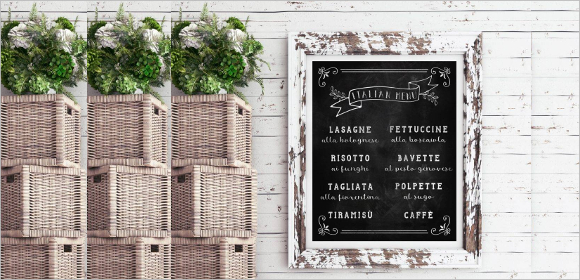19+ Italian Menu Designs Examples to Download
Upon hearing the words “Italian food”, we often associate this to pasta and pizza although it is not uncommon for Italian menus to include pasta and pizza. These two very popular dishes come in different sizes, shapes, textures, etc. Hence, if you are looking for the perfect menu design for your Italian menu, you have come to the right place! Below are several examples you can choose from.
Listed below are some examples of Italian menu designs. Check each of them as you read through this article.
Italian Food Menu Example
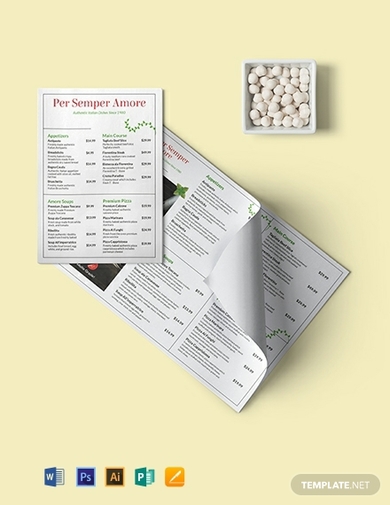
Italian Restaurant Example Menu
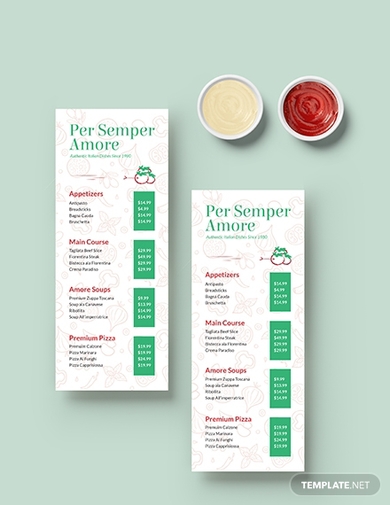
Simple Italian Menu Example

Italian Dinner Menu Template Example
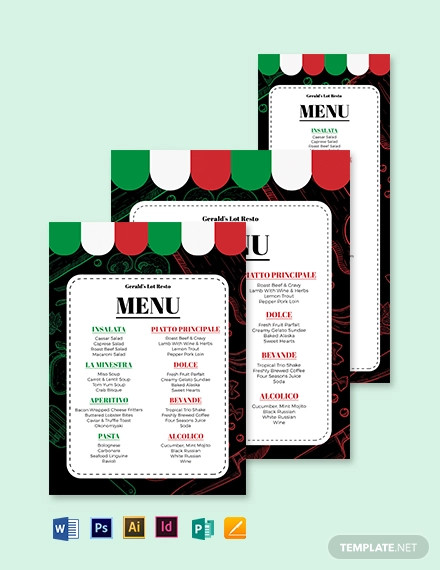
Free Italian Menu Template Example

Italian Restaurant Menu Pack Example
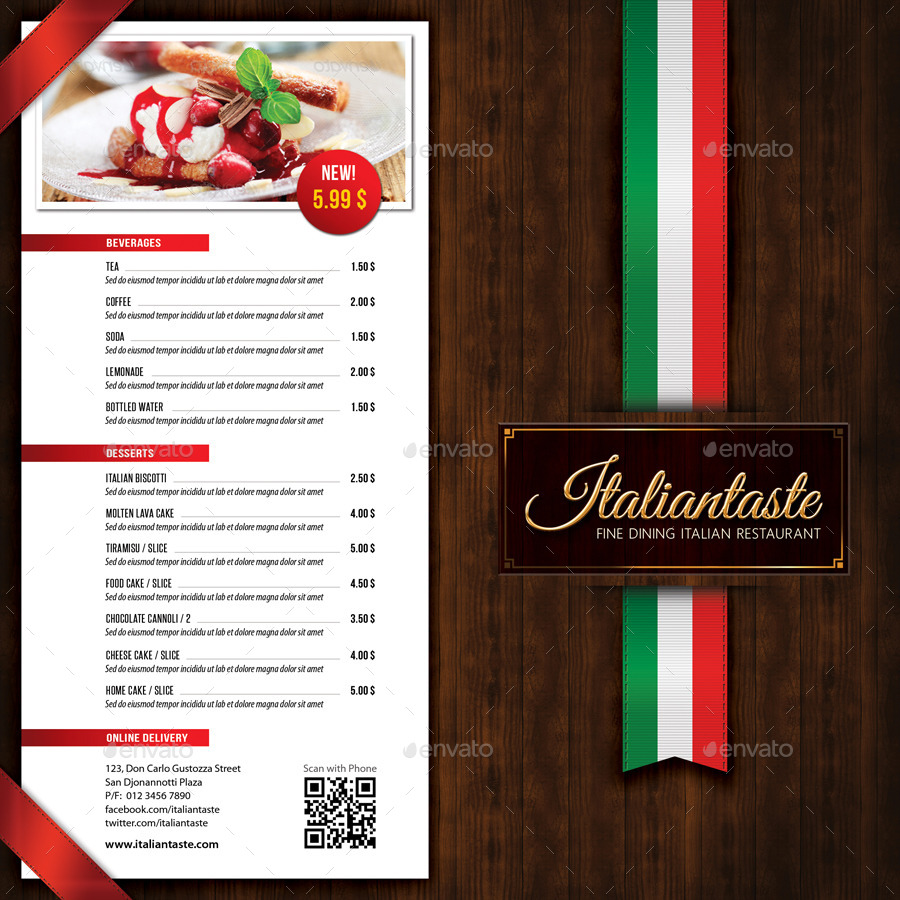
Italian Menu Template Example
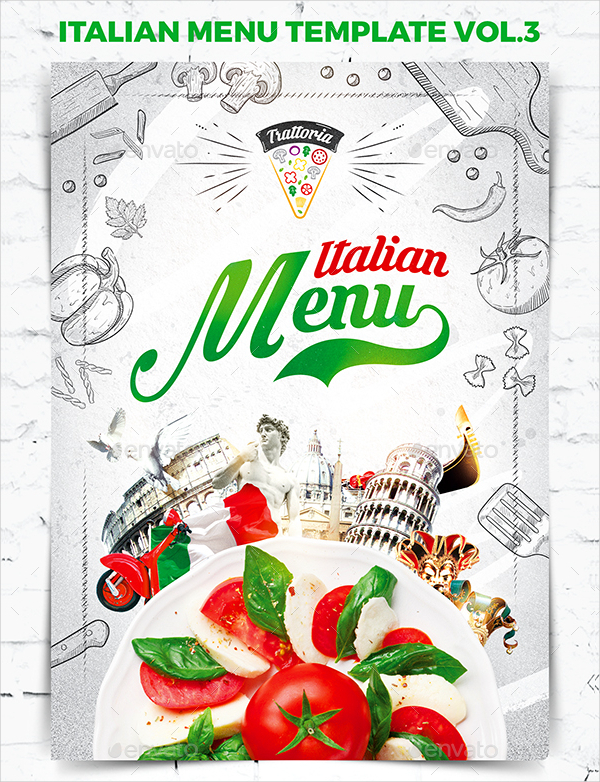
Italian Pizza Flyer Template Example
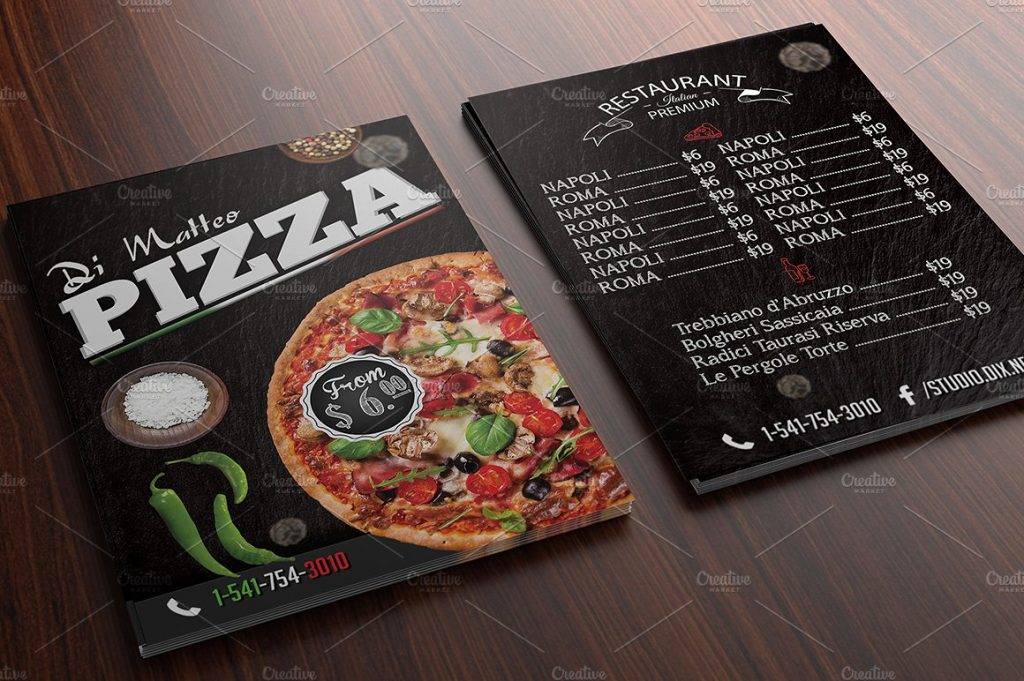
Summer Italian Menu Template Example
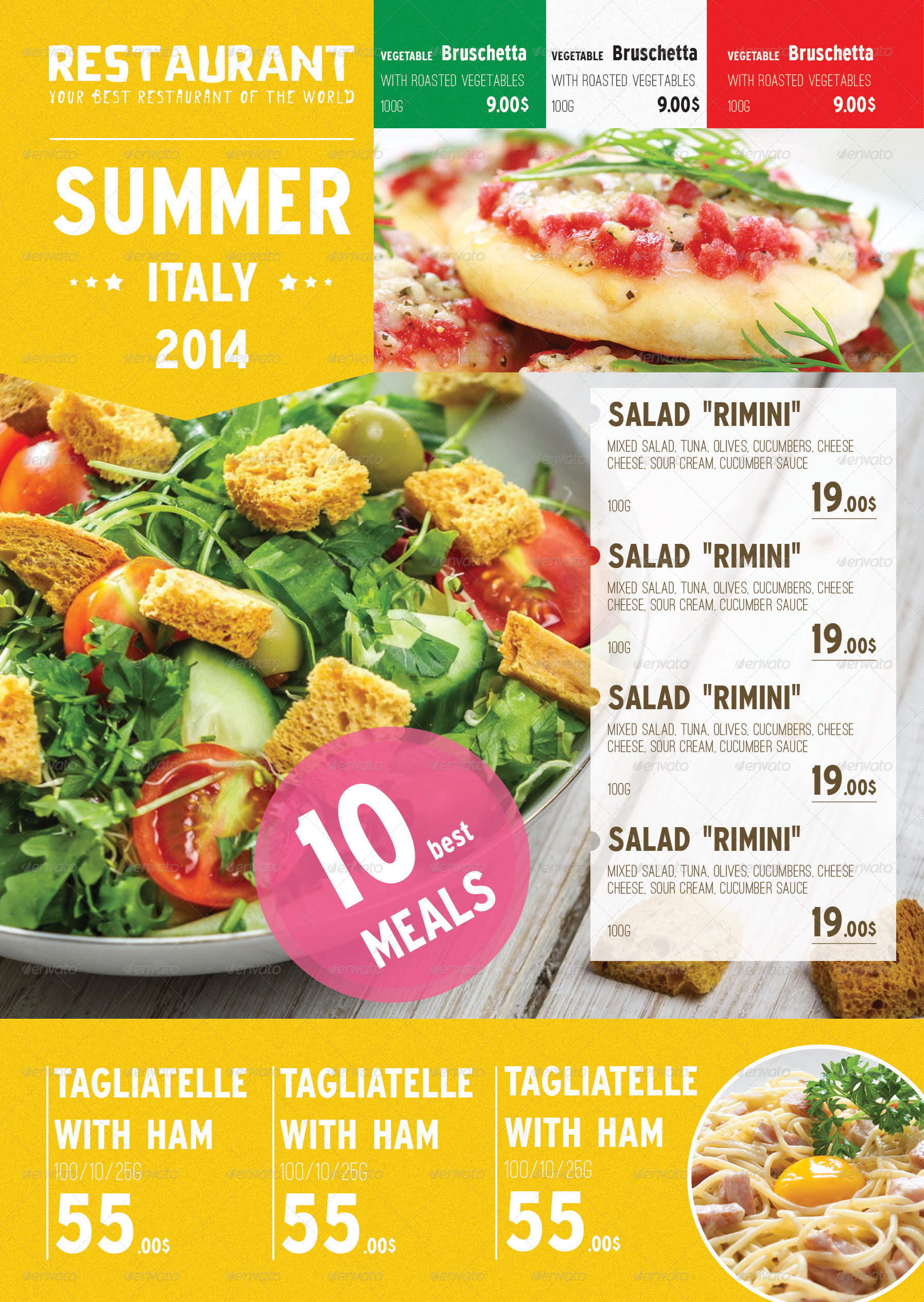
Miniature Italian Restaurant and Pizzeria Menu Example
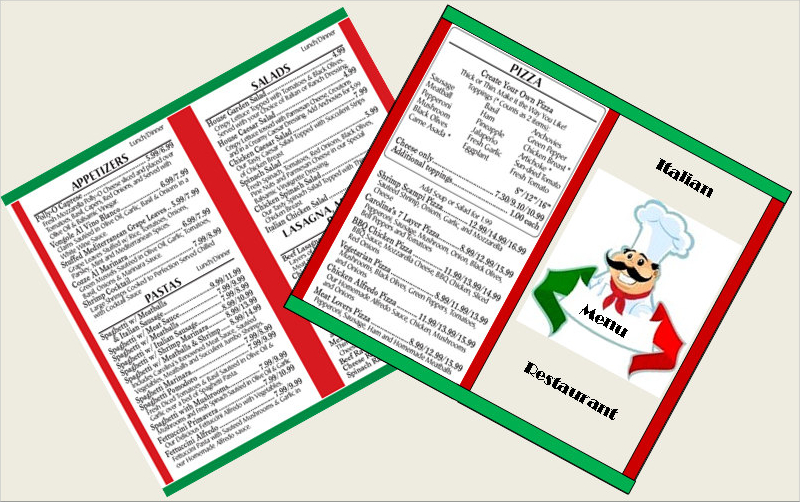
Italian Cuisine Meal Stages
Let’s talk about the stages of a basic Italian meal. You can also apply these for your own meals as well.
1. Appetizer
Also called “aperitivo” in Italian, appetizers are usually consumed before a large meal. Appetizers can also be classified as liquor or any drink that is being consumed before a meal. Examples of Italian appetizers include campari, spumante, aperol, spritz, vermouth, negroni, champagne, wine, and martini. Appetizers may also consist of olives, nuts, or cheese. You may also see cafe menus.
2. Antipasto
Also considered as an appetizer, “antipasto” literally means “before the meal”. Antipasto includes ham, cheese, bread, sopprasatta, salame, mortadella, prosciutto, and dressed vegetables. Compared to aperitivo, antipasto is heavier and is considered as the starter in a meal. You may also see typography menus.
3. First Course
Also called “primo”, the first course consists of hot food that is heavier than antipasto dishes. These dishes do not usually contain meat as they mostly consist of fine and luxurious ingredients such as truffle and seafood. Take note that this is also a form of appetizer and not the main course. Examples of primo are lasagna, soup, risotto, and gnocchi. You may also see pizza menus.
4. Second Course
The second course, also called “secondo” is the main course of the meal. It usually consists of heavy food like potatoes, variety of seafood (fish, clams, lobsters, shrimp) and variety of meat (beef, chicken, pork, lamb/turkey). In a secondo, a sorbet palate cleanser may be served in between if the meal consists of two dishes. You may also see salad menus.
5. Side Dish
A side dish or “contorno” is served alongside secondo dishes. This dish usually consists of a salad (raw or slightly cooked vegetables) and is commonly served in a different plate with the meat and seafood mainly for the purpose of preserving the integrity of flavors. With this, the taste of the vegetable is being highlighted. You may also see chinese food menus.
6. Salad
The salad or “insalata” will only follow the main course if there is not enough leafy green vegetables in the contorno. Otherwise, if there are already enough vegetables served during the main course, the insalata will not be served anymore. You may also see dinner menus.
7. Cheese and Fruits
As the meal is ending, a course is dedicated to cheese and fruit called “formaggio e frutta” is served. The entire course is literally just cheese and fruit. A variety of cheese will be served along with seasonal fruits. These are said to perfectly complement with each other as well. You may also see lunch menus.
8. Sweets or Desserts
Who wouldn’t want to have desserts?
Also called “dolce”, this stage of the meal include sweets like cakes, ice cream, tiramisu, pie, panna cotta, sorbetto, gelato, cookies, zeppole, and cannoli. Desserts are usually lighter and are served as a palate cleanser. In a traditional Italian meal, this is the last dish which is served. You may also see coffee menus.
9. Coffee
A warm coffee or “caffe” and its permutations may also be served after dolce, with or without any milk and sugar.
10. Digestives
To end the meal, the final course, also called “digestivo” usually consists of liquors and other digestive alcoholic drinks such as limoncelle, nocino, sambuca, and grappa. You may also see barbecue menus.
Italian Restaurant Menu Template Example
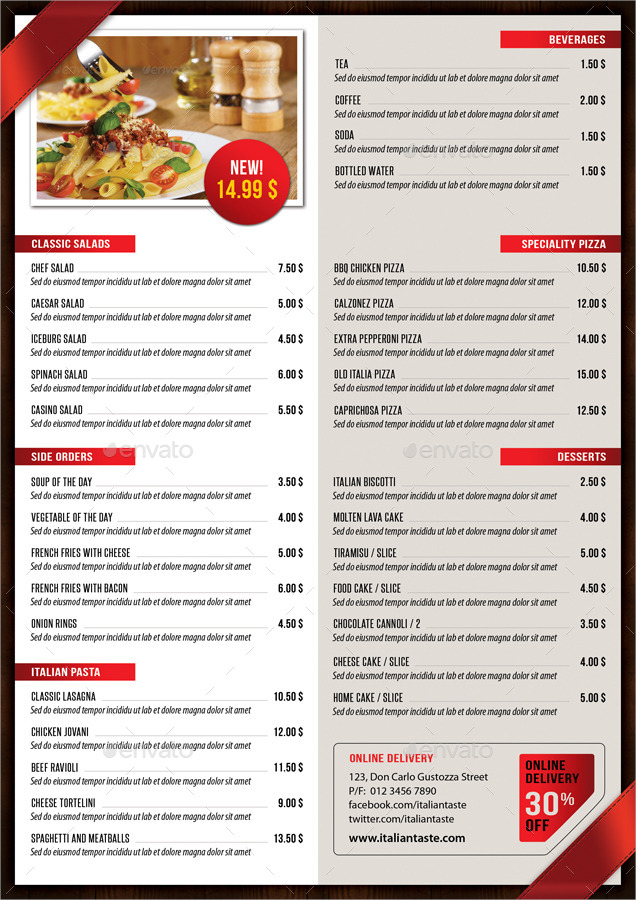
Italian Menu Flyer and Menu Example
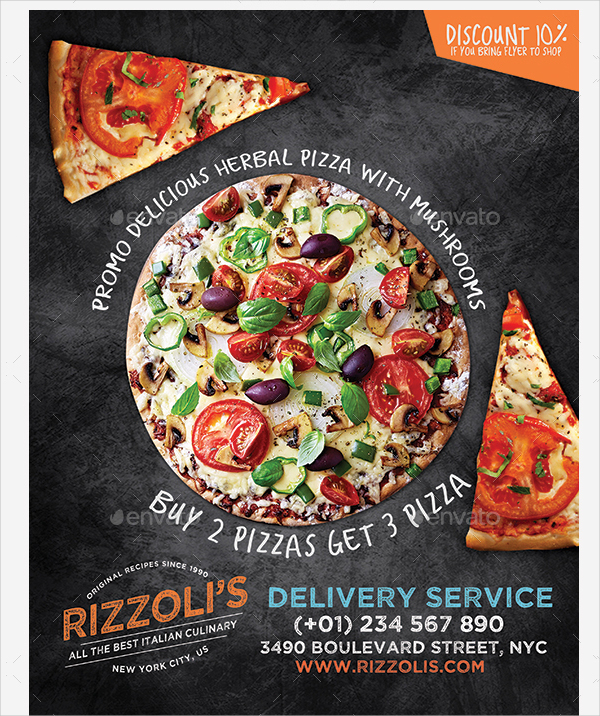
Simple Italian Food Menu Example
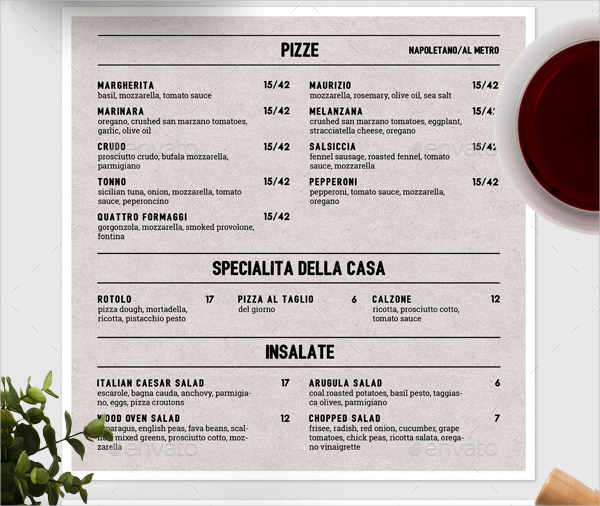
Elegant Italian Food Menu Example
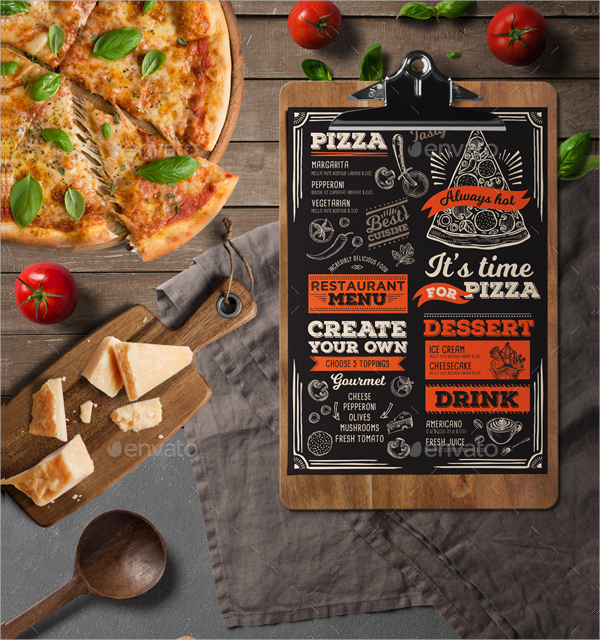
Blazing Italian Food Menu Example
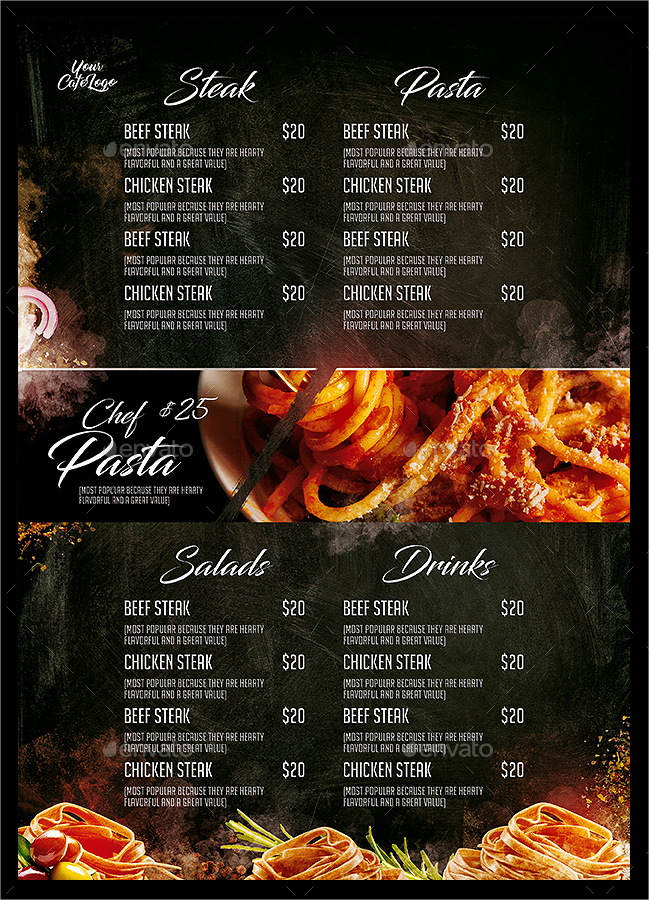
Chalkboard Italian Menu Example
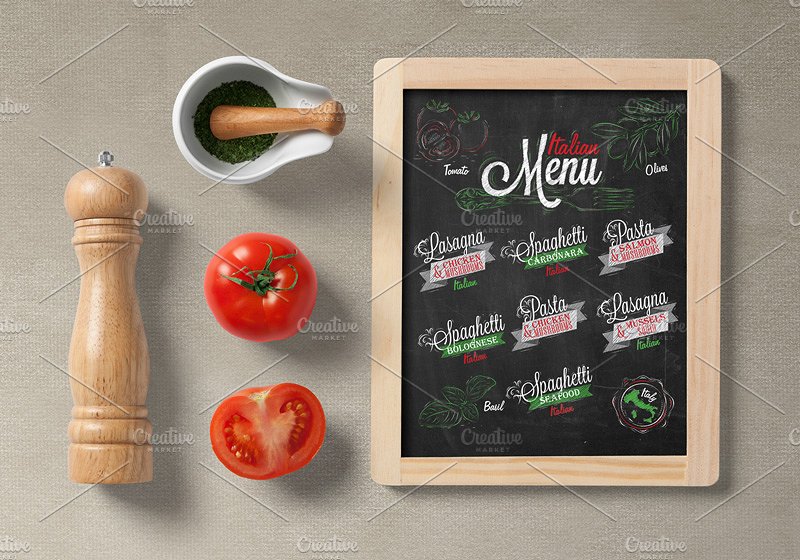
Classic Italian Restaurant Menu Example
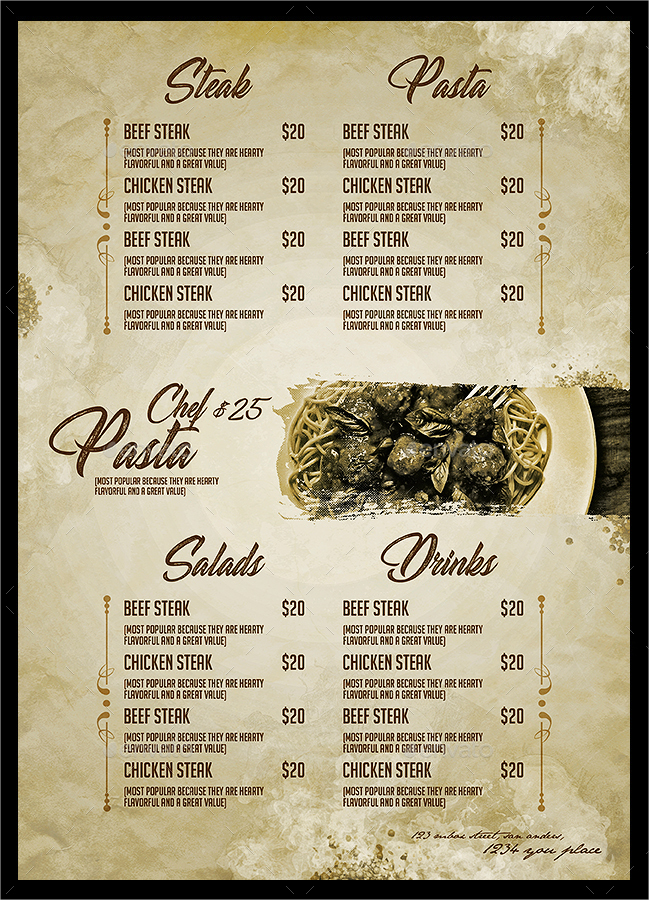
Italian Menu on Board Example
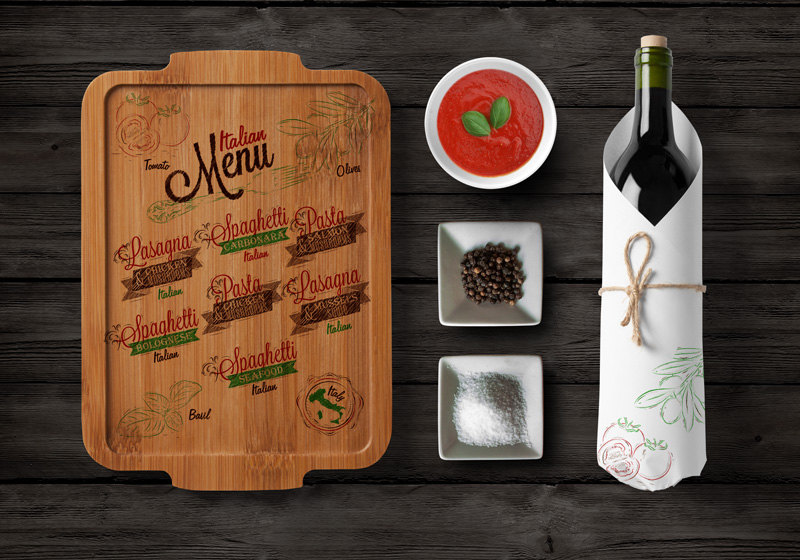
Italian Cafe Menu Example
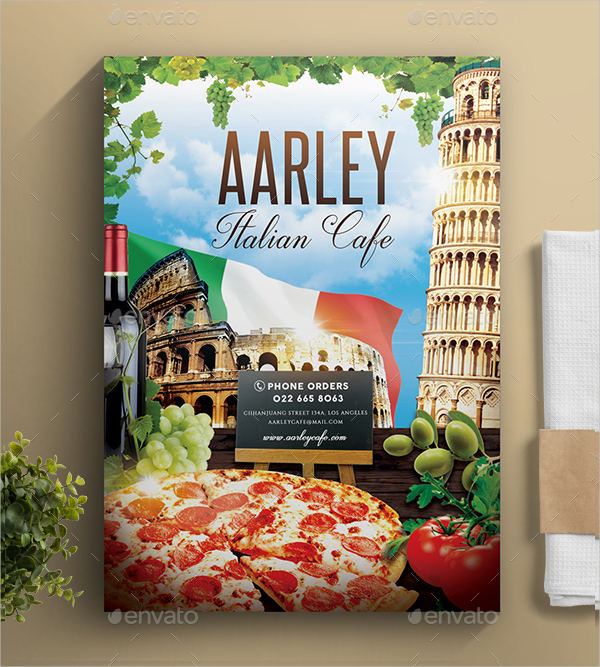
Italian Daytime Meal Structure
Italians also follow another meal structure, this time for their daytime meals. Listed below is the basic daytime meal structure in which you can also follow if you are feeling a little Italian:
1. Colazione
This is also called breakfast and usually consists of hot coffee with milk, and cookie/bread with butter or jam. Optional drinks may include hot chocolate, hot milk, or hot milk with a little amount of coffee. You may also see drink menus.
2. Pranzo
In Italy, lunch or “prazo” is usually regarded as the most important meal of the day. These days, since there are already more restaurants, food shops, and fast food chains, people can easily drop by these places and enjoy their favorite dishes with or without following a formal meal structure. You may also see beer menus.
3. Merenda
“Merenda”, or mid-afternoon snack, is taken in between “pranzo”/lunch and “cena”/dinner. They are intended to give your stomach something to grind while waiting for dinner. Merenda can also mean a break for workers and students after having a long day. Merenda is usually similar to breakfast: hot coffee, hot chocolate, hot milk, cookies/bread with a variety of jams and spreads. Other merenda food may also include nuts, biscuits, cakes, fruit salad, gelato, granita, and yogurt. You may also see psd menus.
4. Cena
“Cena” or supper/dinner is a meal taken at night after merenda. In the traditional Italy, this is the last meal of the day and follows the meal structure above. Similar to pranzo, many people consider this meal as an important one since it is the last meal of the day, and the food you intake should fill up your stomach throughout the rest of the night. But also remember that too much food intake will cause sleeping problems and indigestion. You may also see bar menus.
Brief Summary
Italian dishes are among the most popular dishes in the world. Every culture has one or another adapted Italian food the reason why there are many restaurants around the world offering Italian-inspired dishes. The unique and remarkable characteristics of their dishes (taste, texture, shape) makes them very distinct from the other cuisines.
Moreover, it is also interesting to know the different Italian meal stages such as aperitivo, antipasto, primo, secondo, contorno, insalata, formaggio e frutts, dolce, caffe, and digestivo. Through the menu examples and designs presented in this article, we hope this will help you design your own Italian menu. You may also catering menus.


